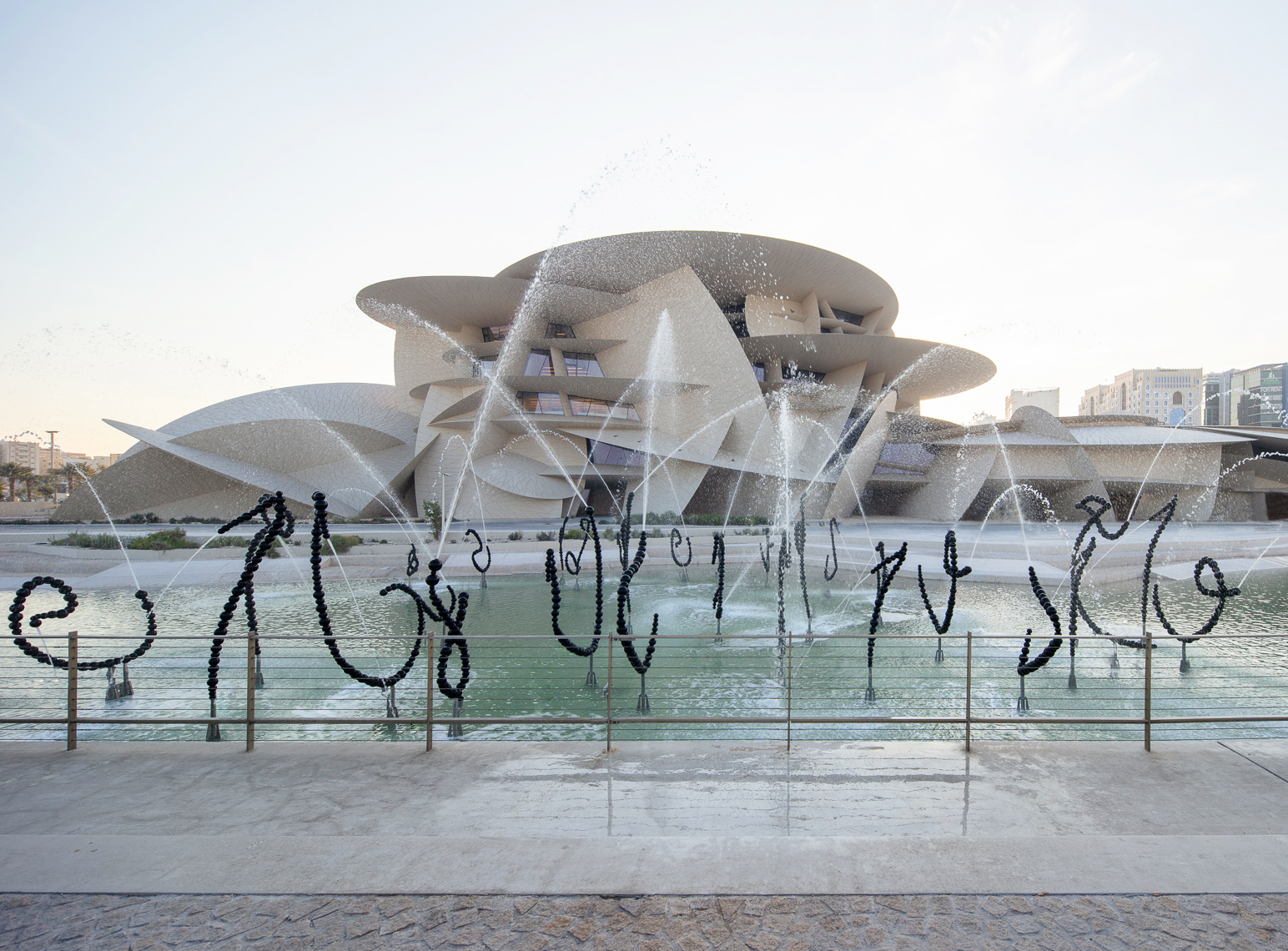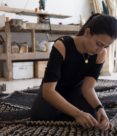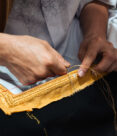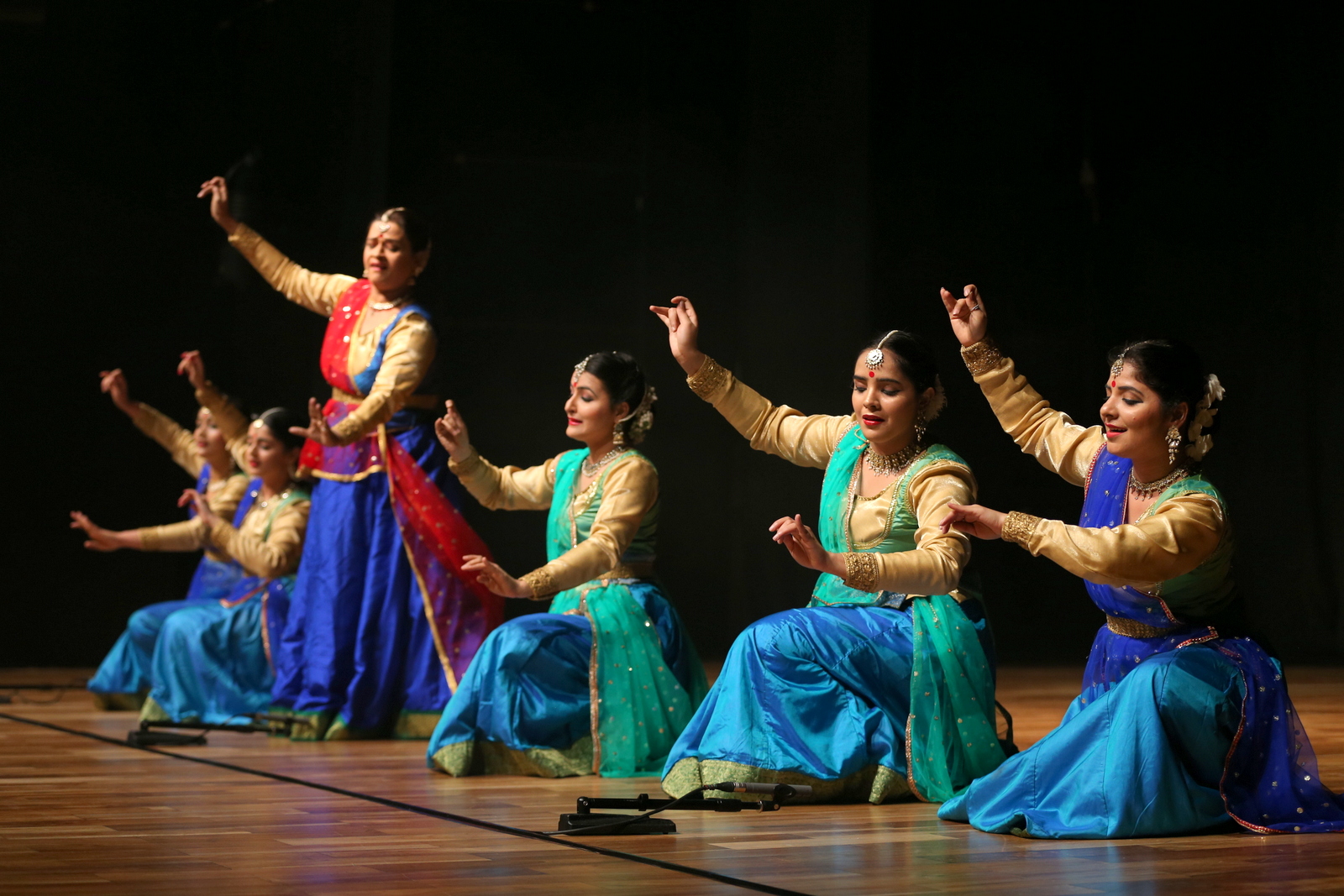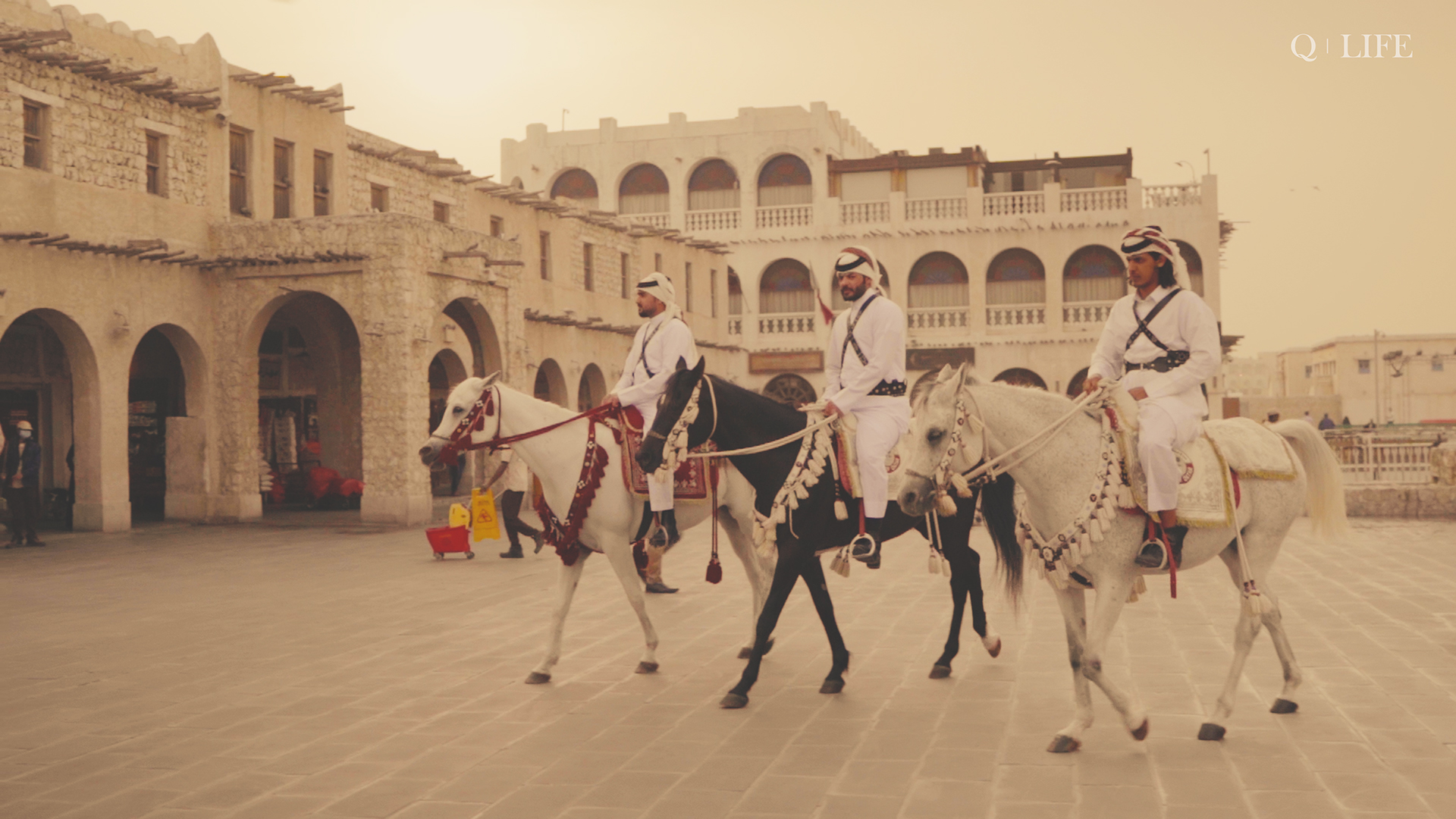June 2019
National Museum of Qatar
Artists, actors, and dignitaries gathered in Doha for the long-awaited opening of the stunning National Museum of Qatar (NMoQ) in the spring of 2019.
The magnificent structure dominates the landscape, like a desert rose bursting from the surrounding landscape. At its heart sits the restored historic palace of Sheikh Abdullah bin Jassim Al Thani.
Together, they are an image of modernity in perfect harmony with the past. The new NMoQ is a series of intersecting discs framed by the ancient arches of the old Palace, enthralling architects and visitors alike.
Outside the architectural masterpieces designed by Jean Nouvel, fountains send dazzling jets of water soaring into the sunshine.
Inside, the museum takes the form of a long, winding path telling the story through evocative aromas, archaeological artefacts, commissioned artworks, monumentally-scaled art films, and more.
Together, the 11 permanent galleries take visitors on a journey from the formation of the Qatar peninsula millions of years ago to the nation’s exciting and diverse present. Giving voice to its rich heritage and culture and expressing the aspirations of its people, NMoQ will serve as a hub for discovery, creativity, and community engagement, educating a new generation and advancing Qatar’s cultural vision on the global stage.
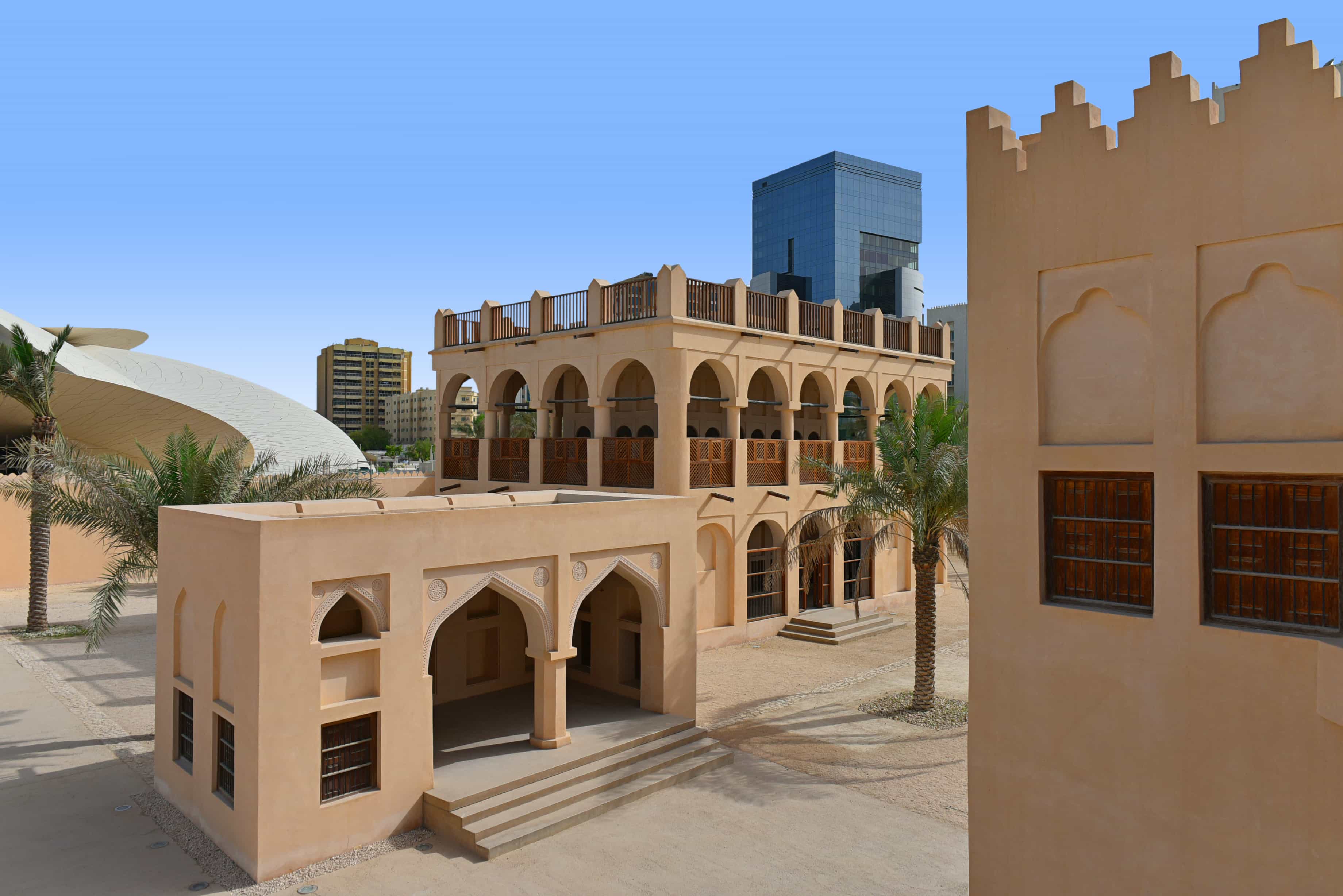
The spectacular structure embraces as its centrepiece the restored historic palace of Sheikh Abdullah bin Jassim Al Thani (1880-1957), son of the founder of modern Qatar. This is a building that in former times was both the home of the royal family and seat of the government, and subsequently the site of Qatar’s original National Museum. The historic palace is now the culminating exhibit in the sweeping succession of gallery experiences.
His Highness the Amir Sheikh Tamim bin Hamad Al Thani officially inaugurated the immersive new museum at a ceremony attended by heads of state, dignitaries, and museum leaders from around the world.
Several well-known figures from different fields attended the opening, including British designer Victoria Beckham and supermodel Naomi Campbell. Portuguese football coach Jose Mourinho, US film director John Bailey, Japanese contemporary artist Takashi Murakami, and many others were present. The ceremony was also attended by former President of the French Republic Nicolas Sarkozy, the Mayor of Rome Virginia Raggi and personal representatives of His Highness the Amir.
Her Excellency Sheikha Al Mayassa bint Hamad bin Khalifa Al Thani, Chairperson of Qatar Museums, says: “The opening of the National Museum of Qatar is a source of immense pride for our country, and an exceptional moment for engaging with people from around the world.
“The extraordinary schedule of inaugural activities we organised to celebrate the opening under the Qatar Creates umbrella drew together outstanding artists, architects, thinkers, and cultural leaders from Qatar and the international community, vividly demonstrating how the National Museum of Qatar will always be a dynamic resource in its programmes as well as its exhibitions. Culture connects people, and with this new museum we believe we have created an exceptional platform for dialogue.”
Sheikha Amna bint Abdulaziz bin Jassim Al Thani, Director of the NMoQ, says: “After more than a decade of planning, we are deeply gratified to welcome the people of Qatar and our international visitors to this exciting museum.
“From the start, Qatar Museums and the National Museum team knew that we wanted to create a living experience for our people – a museum with a heart.
“We have created galleries full of movement, sound, and colour in order to engage our public fully, with their senses and emotions as well as their intellects, and have assembled creative and authentic content that is so rich that people will discover something new with each visit. It is now time for the discoveries to begin.”
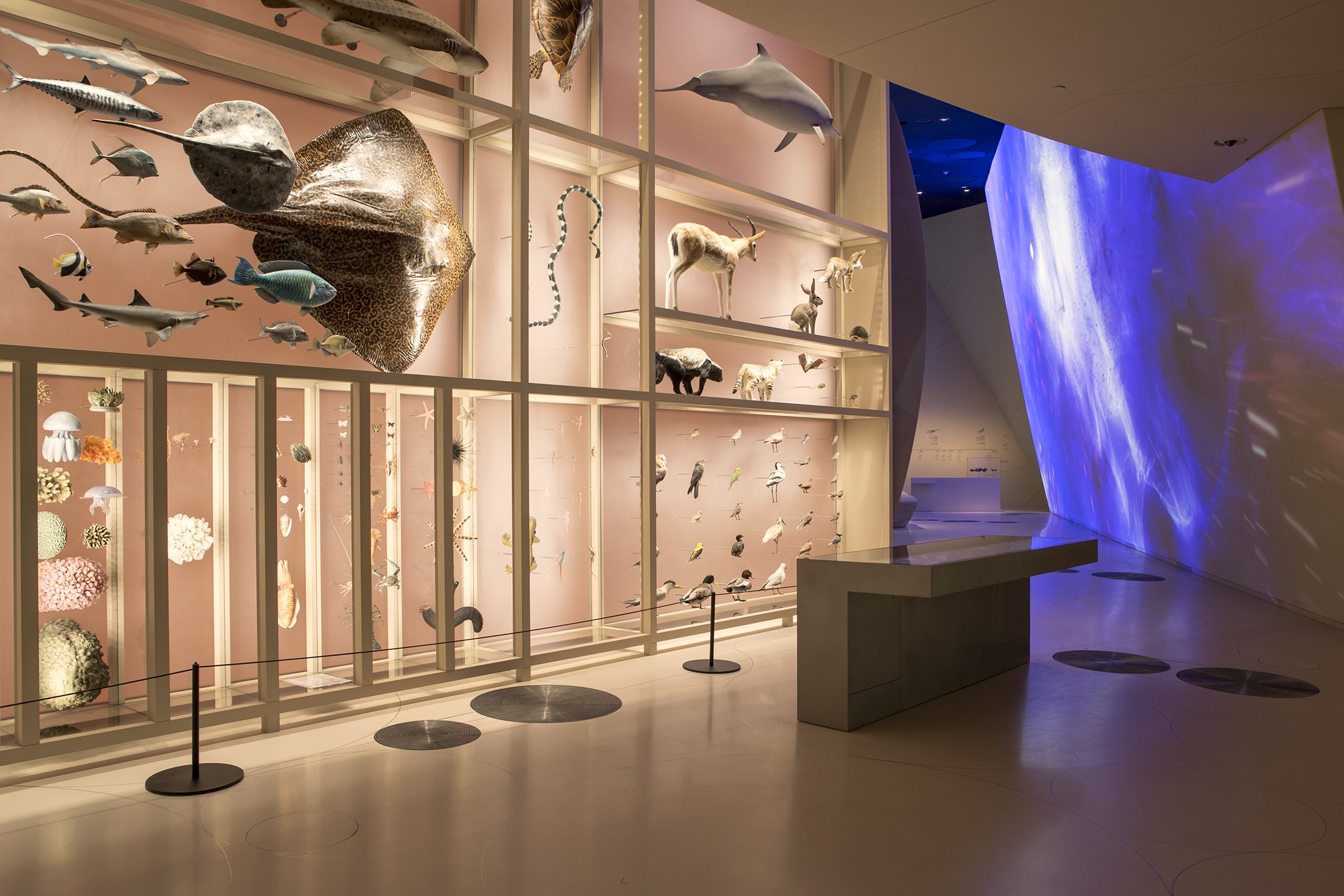
In designing the building that makes these experiences possible, Jean Nouvel drew inspiration from the desert rose, a flower-like formation that occurs naturally in the Gulf region when minerals crystallise in the crumbly soil just below the surface of a shallow salt basin.
Described by Nouvel as “the first architectural structure that nature itself creates,” the desert rose became the model for the museum’s complex structure of large interlocking disks of different diameters and curvatures – some vertical and constituting supports, others horizontal and resting on other disks – which surround the historic palace like a necklace.
A central court, the Baraha, sits within the ring of galleries and serves as a gathering space for outdoor cultural events. On the outside, the museum’s sand-coloured concrete harmonises with the desert environment, so that the building appears to grow out of the ground. Inside, the structure of interlocking disks continues, creating an extraordinary variety of irregularly shaped volumes.
Jean Nouvel says: “To imagine a desert rose as a basis for design was a very advanced idea, even a utopian one. To construct a building with great curved disks, intersections, and cantilevered angles – the kind of shapes made by a desert rose – we had to meet enormous technical challenges.
“This building is at the cutting edge of technology, like Qatar itself. As a result, it is a total object: an experience that is at once architectural, spatial, and sensory, with spaces inside that exist nowhere else.”
The museum is organised in three chapters – ‘Beginnings’, ‘Life in Qatar’, and ‘The Modern History of Qatar’ – taking visitors from the geological period long before the peninsula was inhabited, through to the present day. There is also space for temporary exhibitions.
Because Qatar continues to develop at such a rapid pace, the work of the NMoQ is far from finished, however. It will continue to document the history of a new and rising nation through new exhibits and exhibitions, playing a vital role in Qatar’s cultural memory for years to come.

